Use these area and perimeter task cards in your maths lessons to give your students practice solving real-world word problems.
Area and Perimeter Task Cards with Real-World Problems
When teaching measurement concepts such as area and perimeter to our students, it is essential to embed these concepts in real-world scenarios. By doing this, students can see the relevance of these concepts to their everyday lives.
This set of task cards contains ten different word problems based on the measurement concepts of perimeter and area. By completing these word problems, students will be able to apply their knowledge of area and perimeter in a meaningful way.
To complete these area and perimeter task cards, the students will be required to:
- Read the question
- Identify the key information
- Complete the relevant calculations
- Write the answer
Here is an example problem from this set of area and perimeter word problems:
Mrs Green loves triangles and flowers. She wants to build a flower bed in the middle of her backyard in the shape of an equilateral triangle.
If Mrs Green plans for her flower bed to have sides of 3.5 m, what will the perimeter be?
We have provided both a full-colour and a black-and-white version of these area and perimeter task cards. Answers are also provided in the download to make marking quick and painless!
This set of area and perimeter task cards would make a great addition to any maths lesson focused on solving real-world word problems related to these key measurement concepts.
Multiple Uses for These Area and Perimeter Task Cards
There are many ways in which these area and perimeter task cards can be used to enhance your students’ problem-solving skills. Here are a few suggestions from our experienced teacher team:
- Engaging Warm-Ups – Start your maths lessons with a burst of energy! Use these area and perimeter task cards as quick, thought-provoking warm-up activities. Ask students to solve a card individually or in pairs as they settle into the day’s maths lesson.
- Interactive Group Work – Foster collaborative learning. Divide your class into small groups, and hand out the area and perimeter task cards. Encourage students to work together, discuss strategies and find solutions as a team. This not only strengthens their mathematical skills but also promotes teamwork and communication.
- Homework or Independent Practice – Send the area and perimeter task cards home for homework assignments or use them for individual practice during class. This provides students with an opportunity to consolidate their learning and apply it in different contexts.
Download These Area and Perimeter Task Cards
Use the download button above to select either the full-color or black-and-white version of this resource.
As this resource contains an answer page, we recommend printing one copy of the entire file, removing the answer page, then making further copies if required.
Print the cards on card to increase the durability of the resource. Place the cards together in a large envelope or ziplock bag for safekeeping.
More Area and Perimeter Resources
Has this resource piqued your interest in our area and perimeter activities? Click below for more teacher-created, curriculum-aligned resources!
[resource:5018527] [resource:5018608] [resource:4844049]
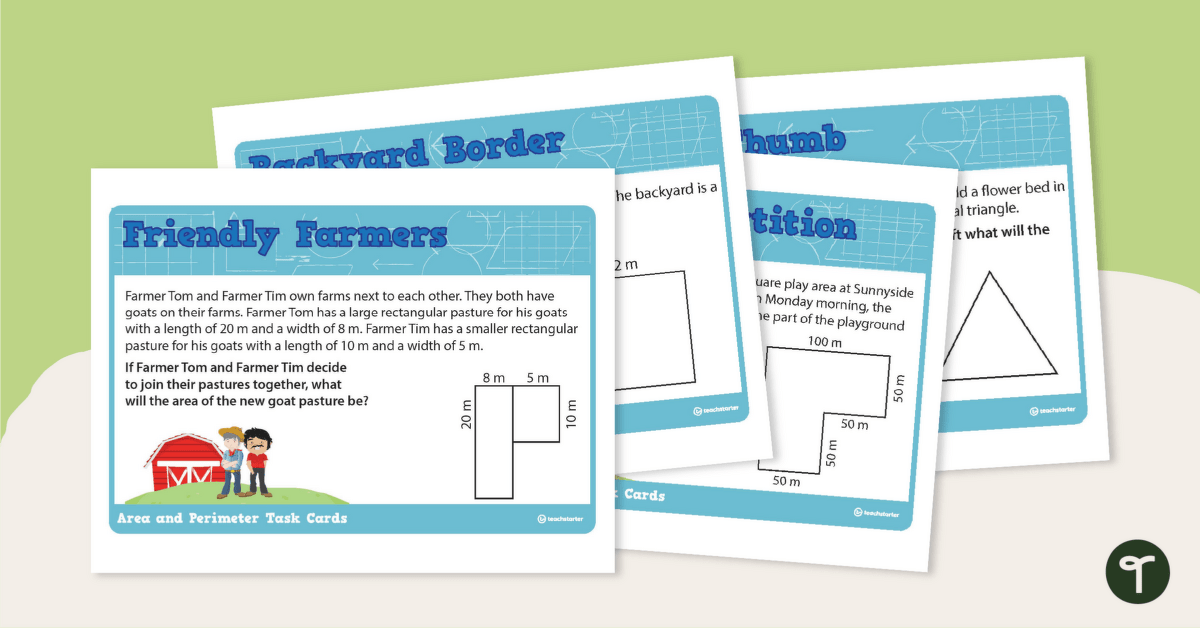


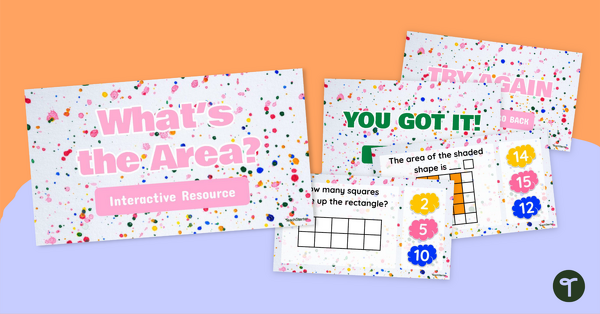
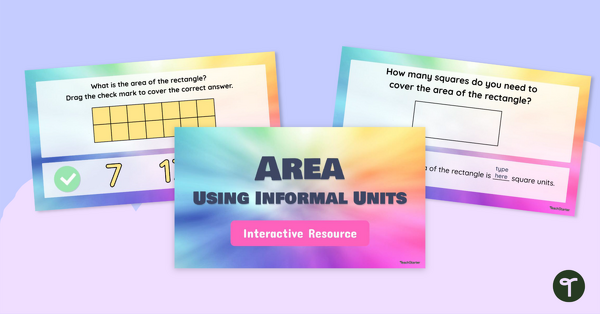
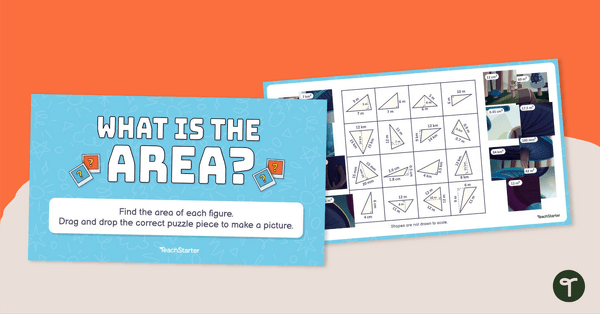

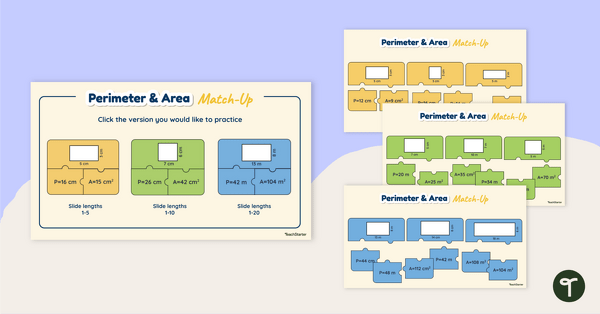
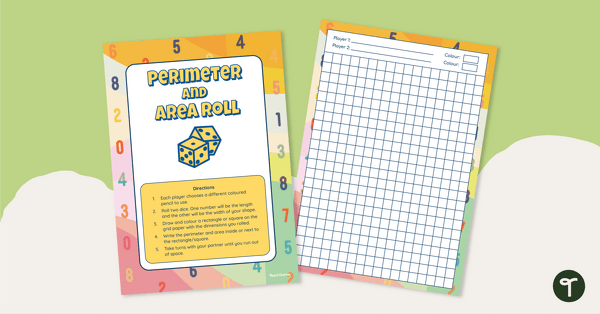
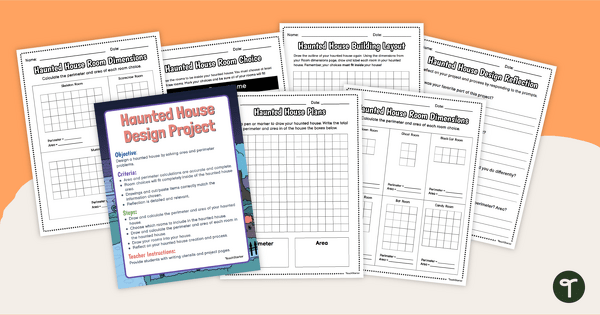
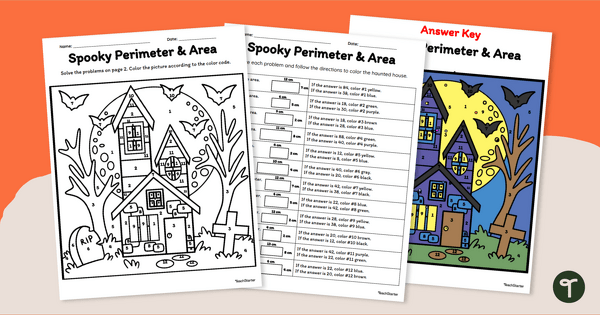
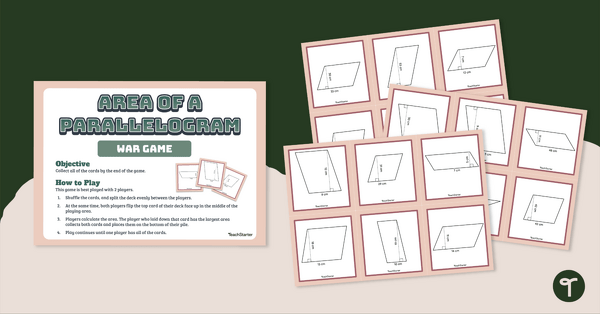
0 Comments
Write a review to help other teachers and parents like yourself. If you'd like to request a change to this resource, or report an error, select the corresponding tab above.